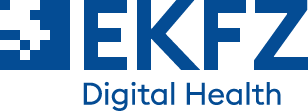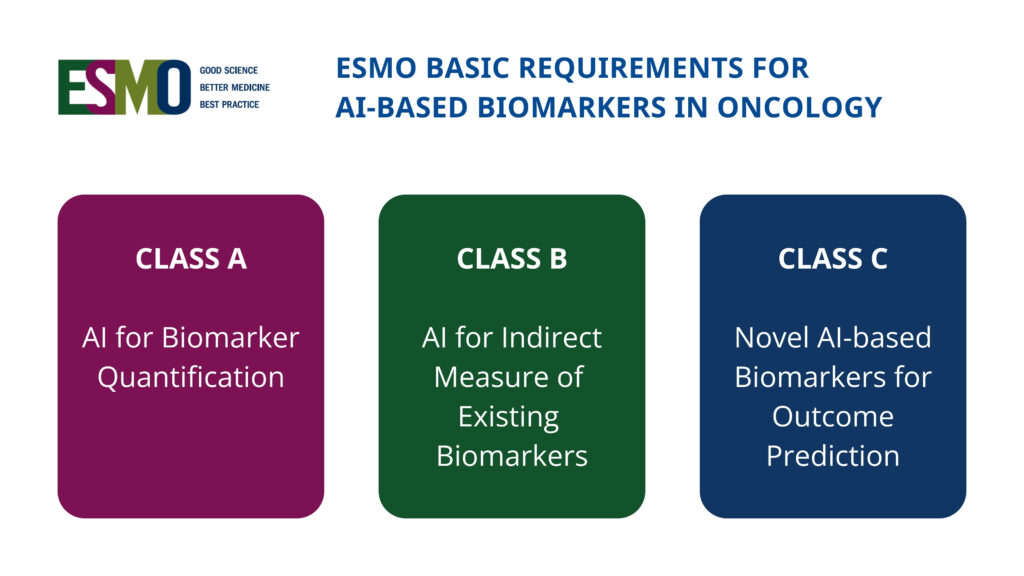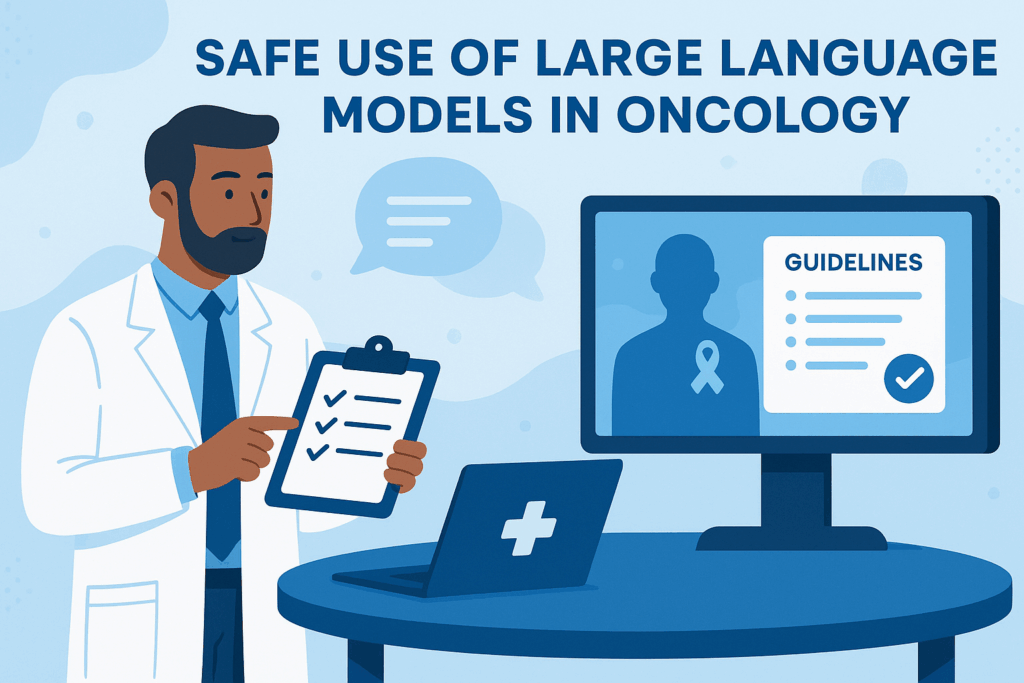Virtual companions, real responsibility
New EKFZ funded
Interdisciplinary Innovation Projects
We promote pioneering interdisciplinary research projects
With this funding at the interface between medicine and technology, we set scientific and structural standards. The aim is to shorten the period from the initial idea to the first prototype.
Since 2019, more than 30 innovation projects have been funded by the EKFZ. In January 2025, four new projects have started their research in the fields of emergency medicine, psychotherapy, endoscopy and surgical oncology.
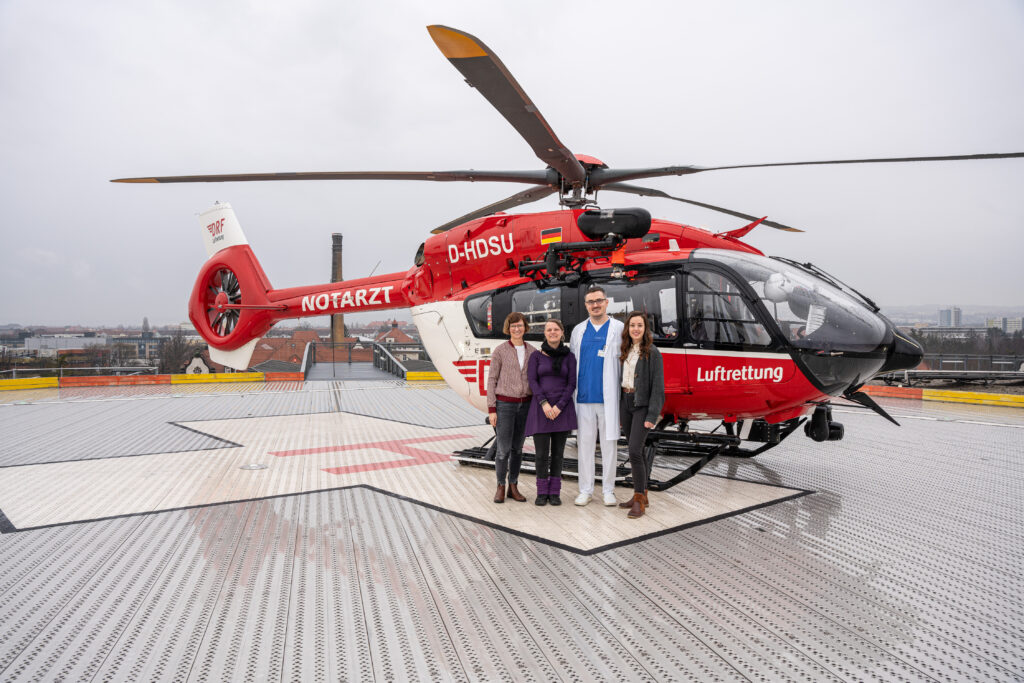
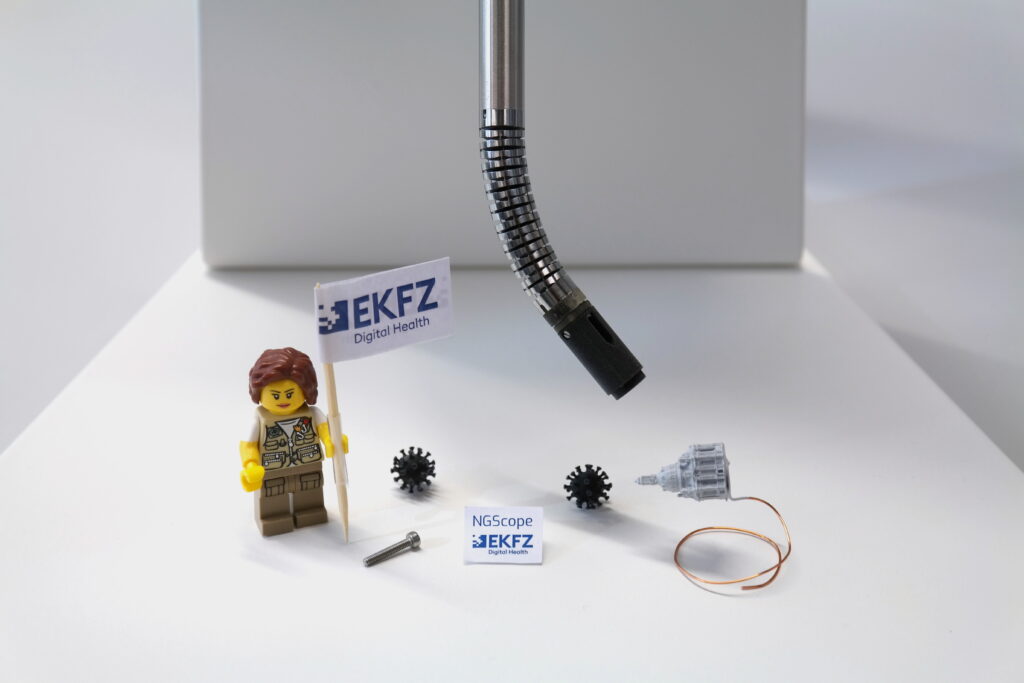
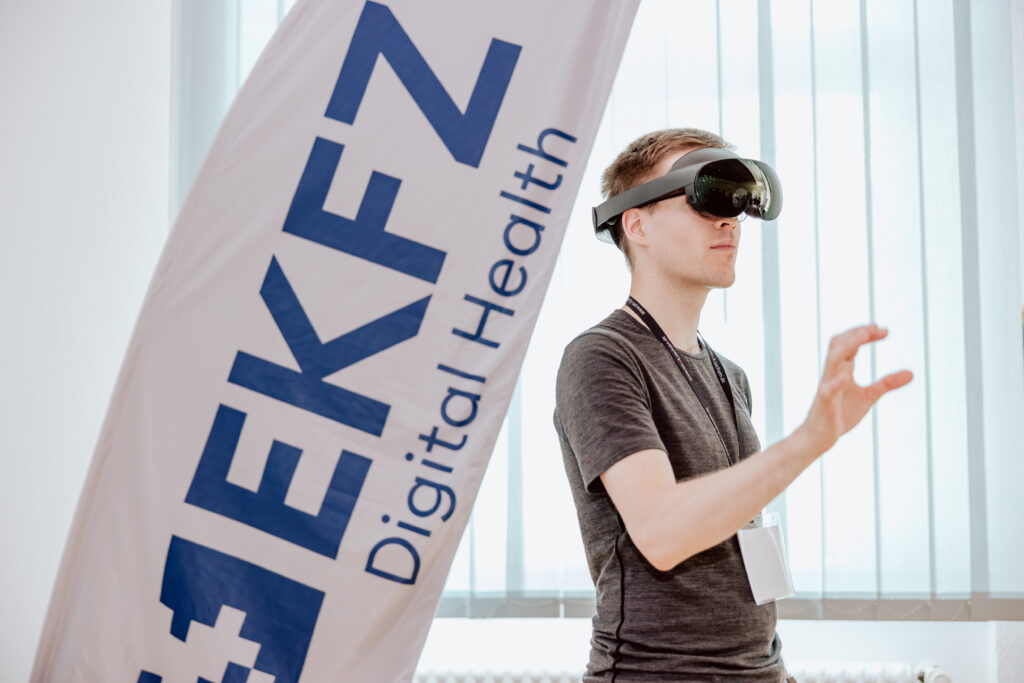
Share this Post
More News
Researchers call for clear regulations on AI tools used for mental health interactions.
Read moreNew international framework defines standards for AI-based biomarkers in oncology (EBAI)
EKFZ experts contributed medical and regulatory expertise to develop a consensus-based framework defining minimum validation requirements for AI-based biomarkers in cancer care published by ESMO.
Read moreNew ESMO Guidelines: Safe use of large language models in oncology
Safe use of large language models in oncology: Researchers from EKFZ for Digital Health contribute to new international ESMO guidelines
Read more